Warning: My phone takes some bewilderingly bad pictures, and unfortunately all images in this post were taken with said phone. I have a Droid Bionic, so if you are on the fence about phones and want a good camera, this is not the phone for you.
Onto the protocol…
So I noticed that our incubator/shaker (Innova 4300) wouldn’t shake. The display would read “LID” indicating that the lid was open even though it was closed. Usually I just lean on the top and presto! But this time no amount of force would register as closed. So I had to figure out what part of the shaker registers the lid as closed. Here is what I noticed:
It seems there are two sensors that must make contact between the base of the machine and the lid. Here are pictures of the pieces and their contact points:
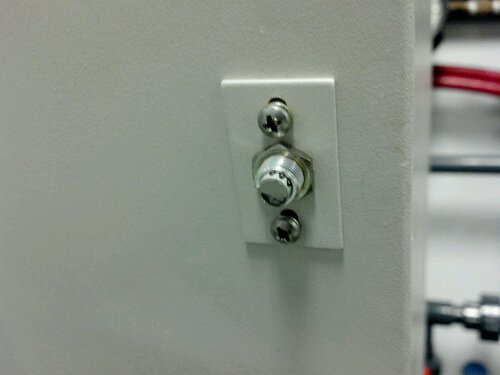
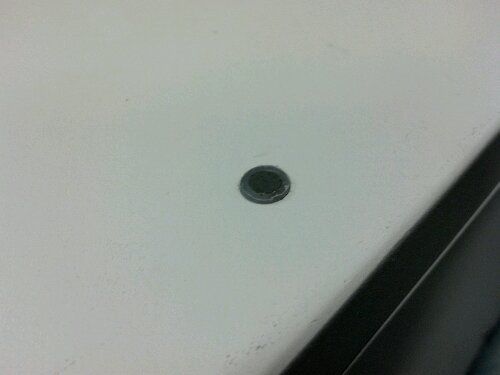
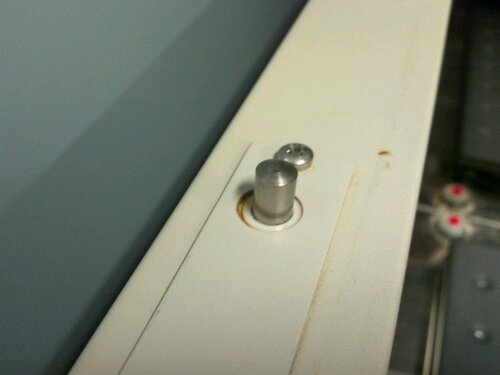

So no matter how much pressure I put on the lid, one of these contacts was not making contact. I checked and it was the one on the right side:
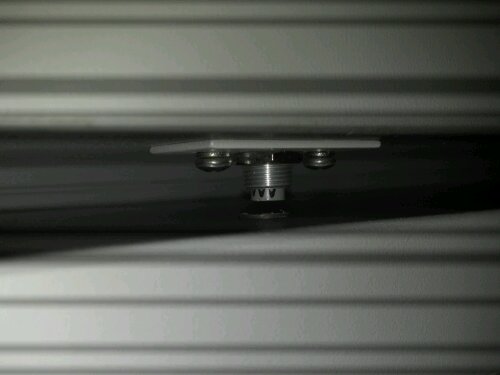
And if you see in that picture, there are screws on each side of that cylinder. So I unscrewed each one and was able to pull the plate off and push the sensor down some. I put the plate and the screws back on and put the lid down. Then the machine seemed to work.
The caveat is that the sensor thing right now isn’t making contact between the lid and the base, and the machine still works, so I’m thinking that even though what I did was mighty, it really had no effect. But my question is, if that thing is not a sensor, then why are there wires that attach to it? (I didn’t mention that before, but that is why I assumed this thing was a sensor.)
Anyways, the shaker gives me no issues now. So for your viewing pleasure here are some other pictures I took to that I sent from my phone in case I needed them, don’t really, but want to show you anyway:
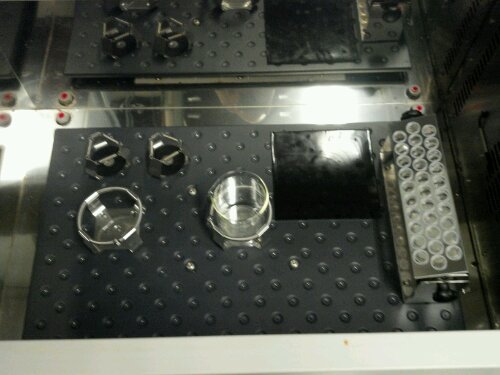
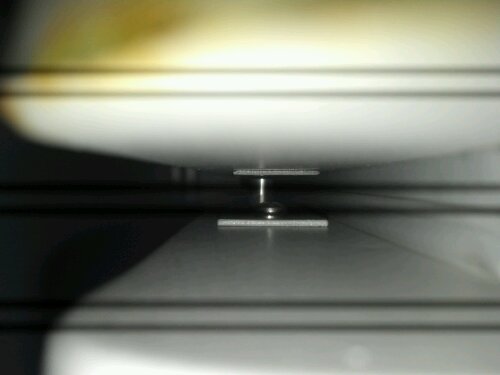
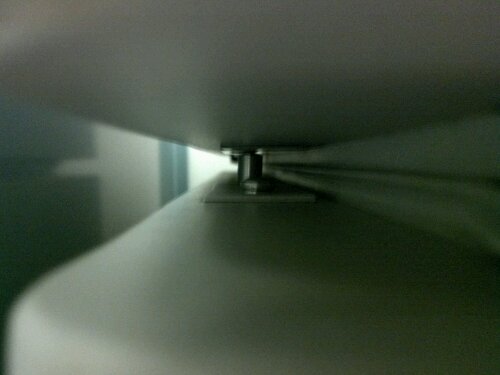
Hopefully this post is useful to someone, or someone can see that I clearly have no idea what I’m doing and can explain to me why the lid would fail to register as closed and then I adjust a seemingly meaningless piece and now it registers as closed, even though it isn’t touching anything.